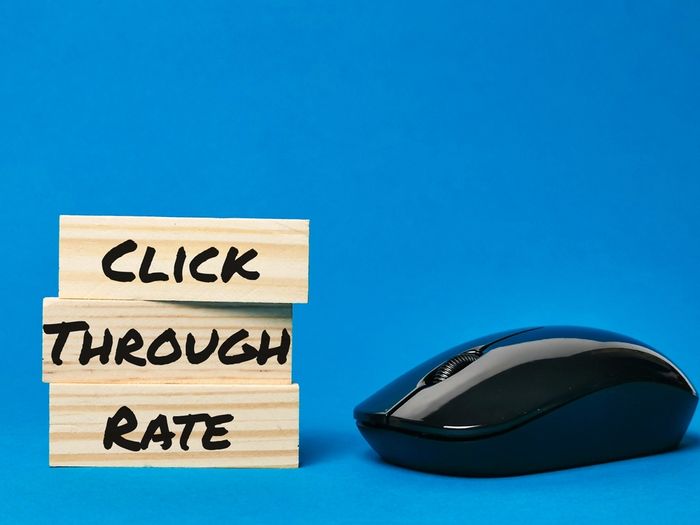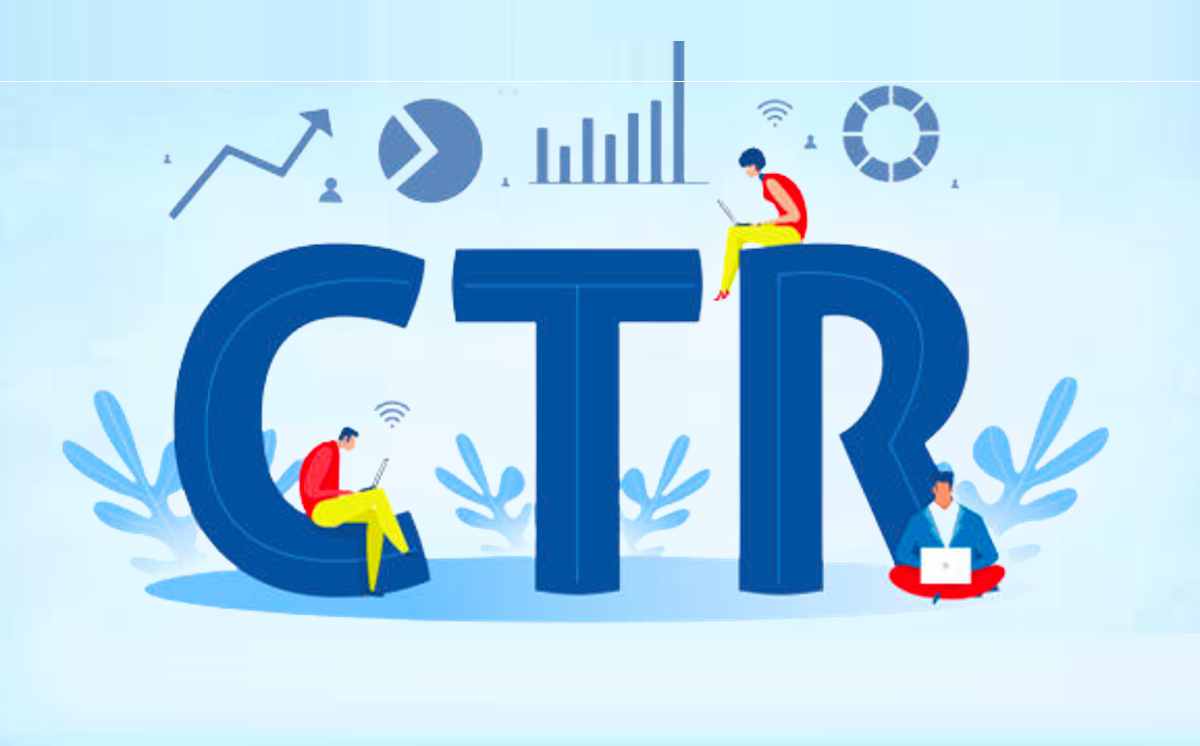Maximize Your Advertising And Marketing Efforts With Strategic CTR Control
The principle of making the most of advertising initiatives through tactical click-through price (CTR) adjustment presents a nuanced approach to improving audience involvement. By understanding the emotional triggers that compel individuals to click, as well as the relevance of customized content and style, online marketers can substantially enhance their project outcomes.
Recognizing Click-Through Rates
Click-through price (CTR) works as a critical metric in electronic advertising and marketing, standing for the percent of customers that click a specific link out of the overall who check out a webpage or ad. This efficiency sign is necessary for assessing the efficiency of on the internet campaigns, as a higher CTR generally suggests that the content reverberates well with the target market.
Recognizing CTR involves examining different aspects, including the significance of the web content, the positioning of web links, and the total user experience. A well-crafted call-to-action (CTA) can dramatically influence CTR, encouraging customers to involve even more with the product offered - CTR Manipulation Service. In addition, the design and visual appeals of an advertisement or web page play a crucial role in recording attention and triggering clicks

Emotional Triggers for Involvement
Involvement in digital advertising relies greatly on recognizing psychological triggers that motivate individuals to connect with content. Numerous psychological actions and cognitive predispositions can significantly influence customer actions, resulting in greater engagement prices and improved click-through rates (CTR)
One trick emotional trigger is the concept of deficiency. They are much more most likely to take prompt action when individuals perceive that a deal is restricted in time or schedule. Likewise, social evidence, such as testimonials or user-generated material, can create a feeling of trust and validation, motivating individuals to involve quicker.
Another powerful trigger is the use of inquisitiveness. Stimulating an individual's passion through appealing headlines or visuals can force them to seek more information. Additionally, leveraging the concept of reciprocity-- supplying useful web content for user interaction-- can cultivate a sense of responsibility to involve.
Sob stories likewise play a vital duty; content that stimulates sensations of happiness, shock, or fear can drive users to respond and connect. By efficiently taking advantage of these emotional triggers, marketing professionals can produce an engaging narrative that encourages user involvement and optimizes their advertising initiatives.
Strategies for CTR Manipulation
To enhance click-through rates (CTR) efficiently, marketing professionals can use a range of techniques designed to catch user attention and urge interaction. One essential technique is maximizing headings and meta descriptions. Crafting engaging, benefit-driven titles that reverberate with the target market can dramatically increase the likelihood of clicks.
In addition, using visuals such as images or video clips can substantially enhance involvement. Distinctive graphics that are pertinent to the content can produce a stronger charm and attract customers in. Implementing A/B testing is one more powerful technique; by try out various variations of ad copy, visuals, and call-to-action buttons, marketing experts can identify which components yield the highest possible CTR.
One more reliable approach is incorporating urgency and shortage into advertising messages. Expressions like "limited time offer" or "just a few left" can develop a sense of seriousness, prompting individuals to act promptly. Customization also plays a vital function; tailoring web content to read this article meet the specific needs and preferences of your target market can cultivate a deeper link, more improving CTR.
Measuring and Examining CTR Success
Gauging and examining CTR success includes a systematic method to assess the effectiveness of advertising and marketing approaches applied to enhance user communications. To achieve this, marketing professionals should first establish clear purposes and key performance signs (KPIs) relevant to CTR. These KPIs might include general click-through rates, conversion rates, and customer interaction metrics.
Data collection is an important action in this process. Making use of analytics devices, marketers can collect info on individual habits, consisting of which aspects of a campaign are driving clicks and which are not. Segmenting the data by demographics, tool types, or web traffic resources enables deeper understandings into certain target market preferences and involvement patterns.
When data is gathered, comprehensive analysis should be performed to identify patterns and connections. Using A/B Find Out More screening can additionally boost this procedure by contrasting different variations of ads or landing pages to identify which carries out better. Furthermore, analyzing the impact of external aspects, such as seasonality or sector adjustments, supplies context for CTR changes.
Eventually, the goal is to derive workable understandings that educate future marketing techniques, ensuring that initiatives are continuously fine-tuned to maximize customer interaction and conversion possibility. CTR Manipulation.
Finest Practices for Optimization
Reliable optimization of click-through prices (CTR) requires a critical technique that includes ideal practices customized to the specific objectives of a marketing campaign. First, it is important to craft relevant and engaging ad copy that resonates with the target audience. Utilizing clear calls-to-action (CTAs) can dramatically enhance customer involvement, triggering possible customers to click.
This data-driven approach allows marketing professionals to identify which components yield the highest CTR, making it possible for constant enhancement. Ensuring ads and landing pages are mobile-friendly can considerably enhance CTR.

Conclusion

Recognizing CTR entails evaluating different elements, including the significance of the web content, the positioning of web links, and the general customer experience. A well-crafted call-to-action (CTA) can substantially affect CTR, encouraging customers to involve even more with the product presented. By focusing on enhancing CTR, online marketers can improve their techniques, guaranteeing that their digital marketing efforts yield optimum engagement and drive wanted end results.To improve click-through rates (CTR) efficiently, marketing experts can use a range of techniques developed to capture user interest and motivate interaction (CTR Manipulation Press Release).Determining and assessing CTR success includes a systematic method to my company examine the performance of advertising techniques applied to increase customer interactions